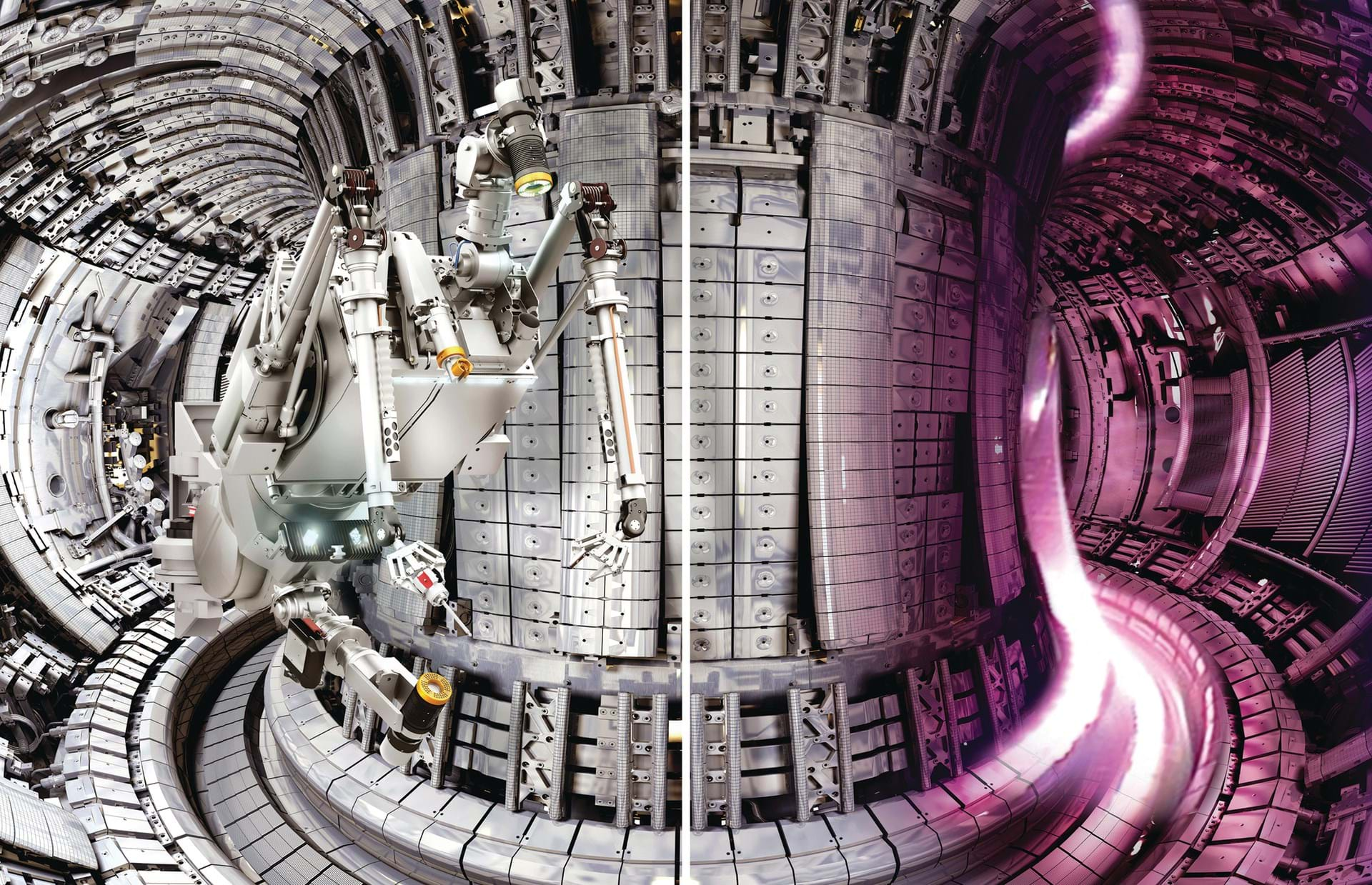NUCLEAR fusion in Europe from the DEMO demonstration plant could be pushed back beyond 2054, according to the BBC.
The broadcaster gained the information from a new version of a European “road map” prior to its official release, which lays out the technological hurdles that must be overcome to start generating energy. It says the demonstration plant would not start running until “early in the second half of the century”, while a related document on DEMO’s design states a start date of post-2054.
The previous version of the road map, drawn up by a consortium of EU laboratories and universities called EUROfusion, forecast that DEMO could be operating in the early 2040s and supplying energy to the grid by 2050. When running, France-based DEMO is hoped to generate several hundreds of megawatts and operate within a closed fuel cycle.
Speaking to the BBC, EUROfusion’s programme manager, Tony Donné, warned that the delay could in fact be even longer: He said: “2054 is optimistic. It is doable, but we need to align political decision makers and get industry involved.”
The design of DEMO is planned to be based upon the results of the ITER reactor in France, which is not designed to provide energy to the grid. However, the start-up date of this proof-of-concept reactor has slipped from 2016 to 2025, with full-scale experiments now not foreseen until at least 2035. Furthermore, ITER’s costs have increased from €5bn to €20bn (US$5.7bn–22.8bn). It is believed that this is the cause of setbacks within the updated road map.
A spokesperson for EUROfusion said: “The roadmap is still in a draft stage. According to the current planning it will be finalised and officallly announced by the end of the year.
“Regarding the cause of the delay, ITER is the centre of the European Fusion Roadmap. So a delay in ITER naturally has an effect on the sequence of activities and the timing. Despite that, we're working hard on a solution to keep the impact as low as possible.”
Replicating the fusion process of the sun on earth involves heating heavy hydrogen isotopes, such as deuterium and tritium, to temperatures of between 100–200m°C – almost six times hotter than the sun’s core. This causes the atoms to attain a state of plasma and join together as helium, releasing huge amounts of energy in the process.





